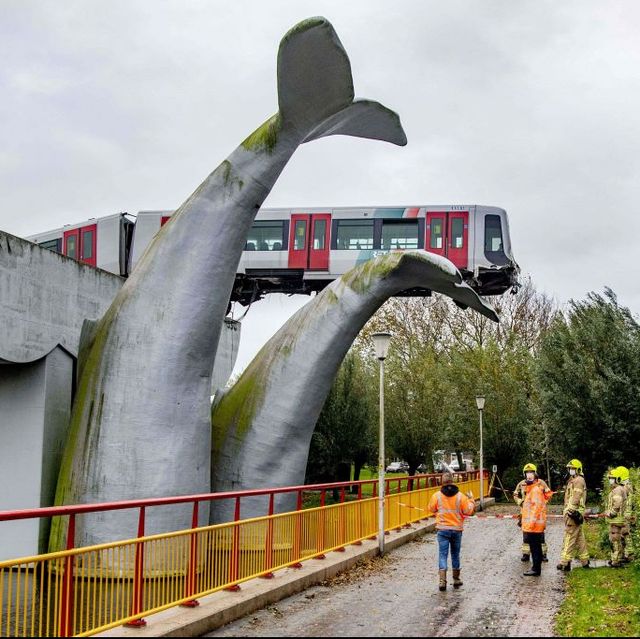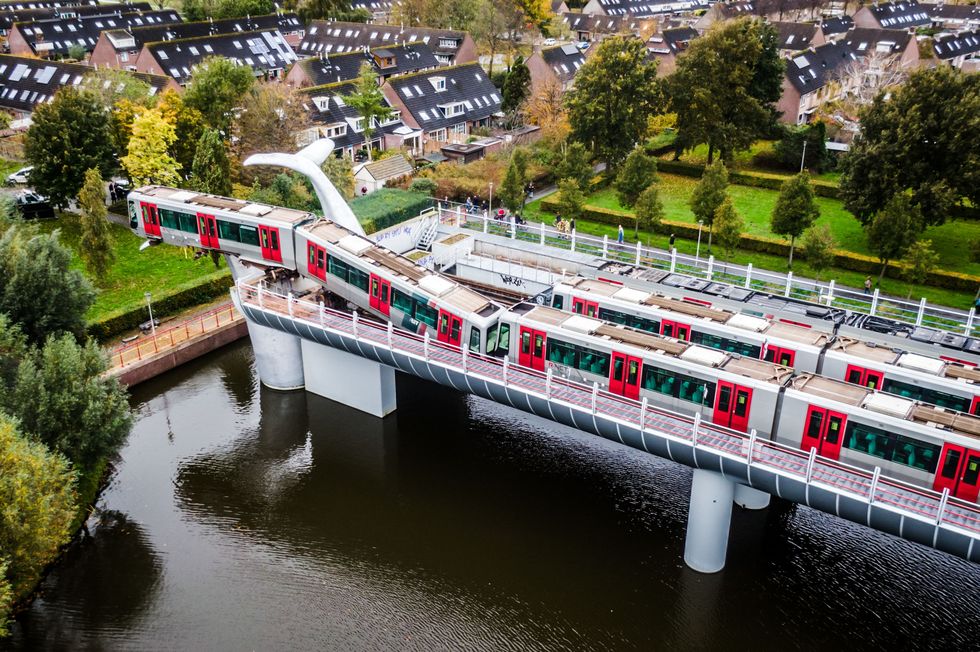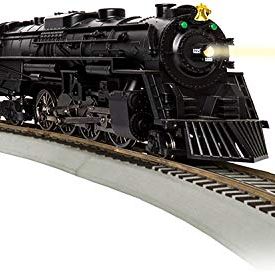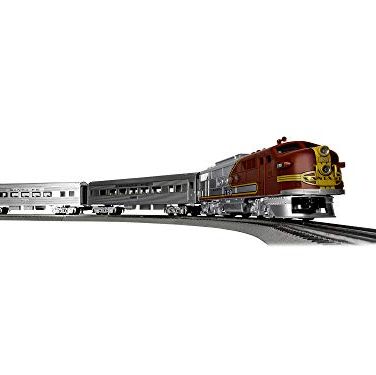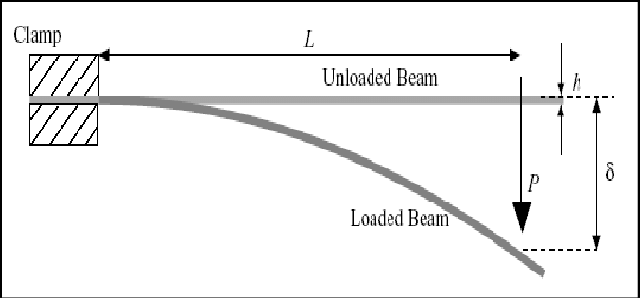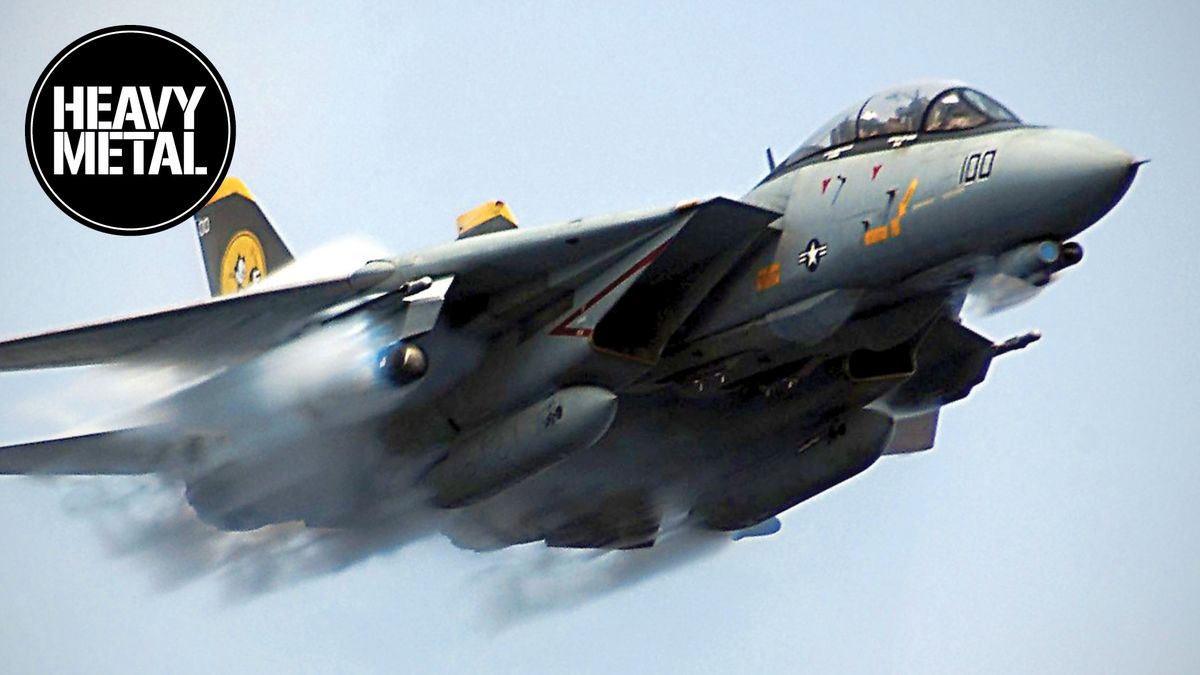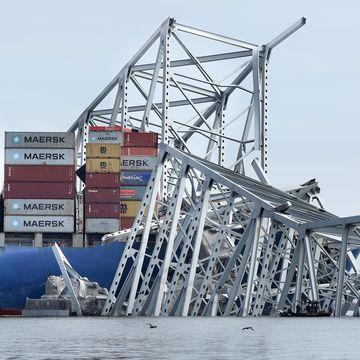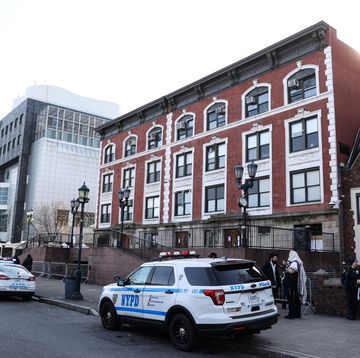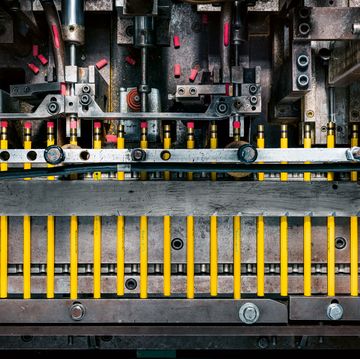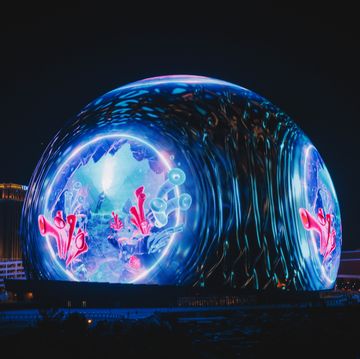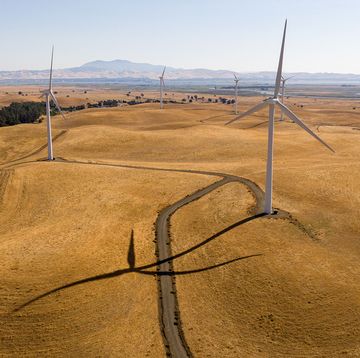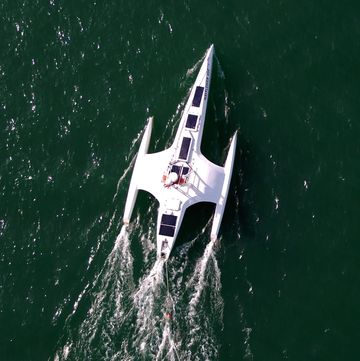- On Monday morning, a Dutch train narrowly escaped a disastrous fate, when a sculpture of a whale tail quite literally held the whole thing together.
- It's unclear what caused the train derailment, and an investigation is underway.
- We spoke to a train derailment expert to see what happened. It all comes down to a cantilever, or a structural element propped up on one side.
In a story that's at once bizarre but also somehow exactly right for this very weird moment in time, a giant plastic sculpture of a whale's tail stopped a metro train from barreling off a set of elevated tracks early this morning in the Netherlands.
🚊 You love badass trains. So do we. Let's nerd out over them together.
The incident happened near the De Akkers station in Spijkenisse, just outside the port town of Rotterdam—the final stop on the line. The front train car was left suspended in the air, about 30 feet above a body of water.
The train steamrolled right through the pair of stop blocks that are designed as a safety precaution to keep the front carriage from falling off the edge of a piece of track, according to The Associated Press. An investigation is underway to determine what caused the stop block failure, and a team of engineers is working to stabilize the train cars until a crew can safely remove the train from the tracks with a massive crane.
Luckily, nobody was on the train except the conductor, who was not injured. If there had been even a handful of people on board, it could have been the difference between the train crashing and hanging in limbo upon the sculpture.
"If more people had been on the train—roughly 200 pounds per person, times 40 people is a couple more tons—it could have crushed the tail," Gary Wolf, a train derailment expert, tells Popular Mechanics. Wolf started his career in 1970 at the mechanical engineering department for Southern Railway, and has investigated over 4,000 train derailments worldwide through his Atlanta-based private practice, Wolf Railway Consulting.
Though the structure is improbably named "Saved by the Whale's Tail," Wolf says there's no way the tail alone is what propped up the train from certain disaster. He estimates the train car hanging from the edge of the tracks weighs about 20 to 30 tons, while the blue-gray whale tail sculpture is much lighter, as sculptures are usually hollow and not designed to hold up more than their own weight. This one is made up of reinforced polyester, a type of plastic, and has been standing for nearly 20 years.
While the whale tail is certainly contributing some vertical support, it's actually the second train car, connected to the precariously dangling front carriage, that's doing the heavy lifting. Literally.
"The cars are articulated, meaning they have a physical connection between them, so the second car provided a downward holding force on the other car," Wolf explains. "Otherwise it would have gone straight down rather than extending out horizontally toward the tail. Gravity would have pulled it down immediately into the sculpture."
🚂 Our Favorite Model Trains
The train car is essentially buttressed by the whale tail, which creates a sort of cantilever, or a rigid structural element that reaches out horizontally, with support on just one end. A cantilever can be any sort of beam that is supported from behind. In this case, if the whale tail wasn't at the site, or if the train were made heavier with passengers and crushed the sculpture, there would be no cantilever, and the train would have plummeted to the water below.
As an example, Wolf points to the famous 1895 Montparnasse derailment in Paris. That train overran the buffer stop at the Gare Montparnasse terminal and had no other structures to serve as a cantilever, so it busted through the wall of the station. In a way, you can think of the wrecked first carriage in the photo above like the whale's tail in the Dutch derailment—it's holding up the rest of the cars behind it.
Beyond the train cars being empty, and the whale tail sculpture standing in as a cantilever, there's yet another lucky part to this equation: the train must have been moving fairly slow, Wolf reasons. Otherwise, when it burst through the end of the stop blocks, the train would have flown another 50 or 60 feet forward. It would've crashed into the whale tail sculpture and knocked it over, rather than resting on it.
So how do you remove this thing? Wolf says it's perfectly routine to use a crane to move derailed train cars, as they're capable of lifting more than 100 tons. Technicians will put straps beneath the train and use the crane to pull, easily moving the lightweight carriages, which are mostly aluminum.
In this case, however, things might be more complicated. Officials say the train tracks are in a difficult spot, as the surrounding body of water will make it nearly impossible to get a crane on site. Meanwhile, high winds are another dangerous factor.
"I can't say I've seen anything like this in my 45 years," Wolf says. "From my perspective as a scientist and engineer, what I'm wondering is how did it break through the bumping block at the end of the track?"
